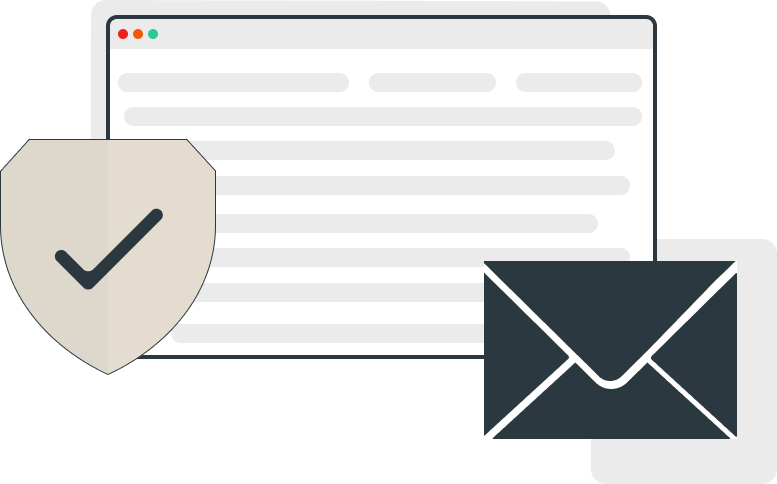
Our tool provides precise DKIM record verification.
Get quick results on your DKIM record status.
Our tool is ready to use—no setup and installations required.
No hidden fees or subscriptions. Access full DKIM checks and reports for free.
Curious about email security? Explore our recent articles on email security